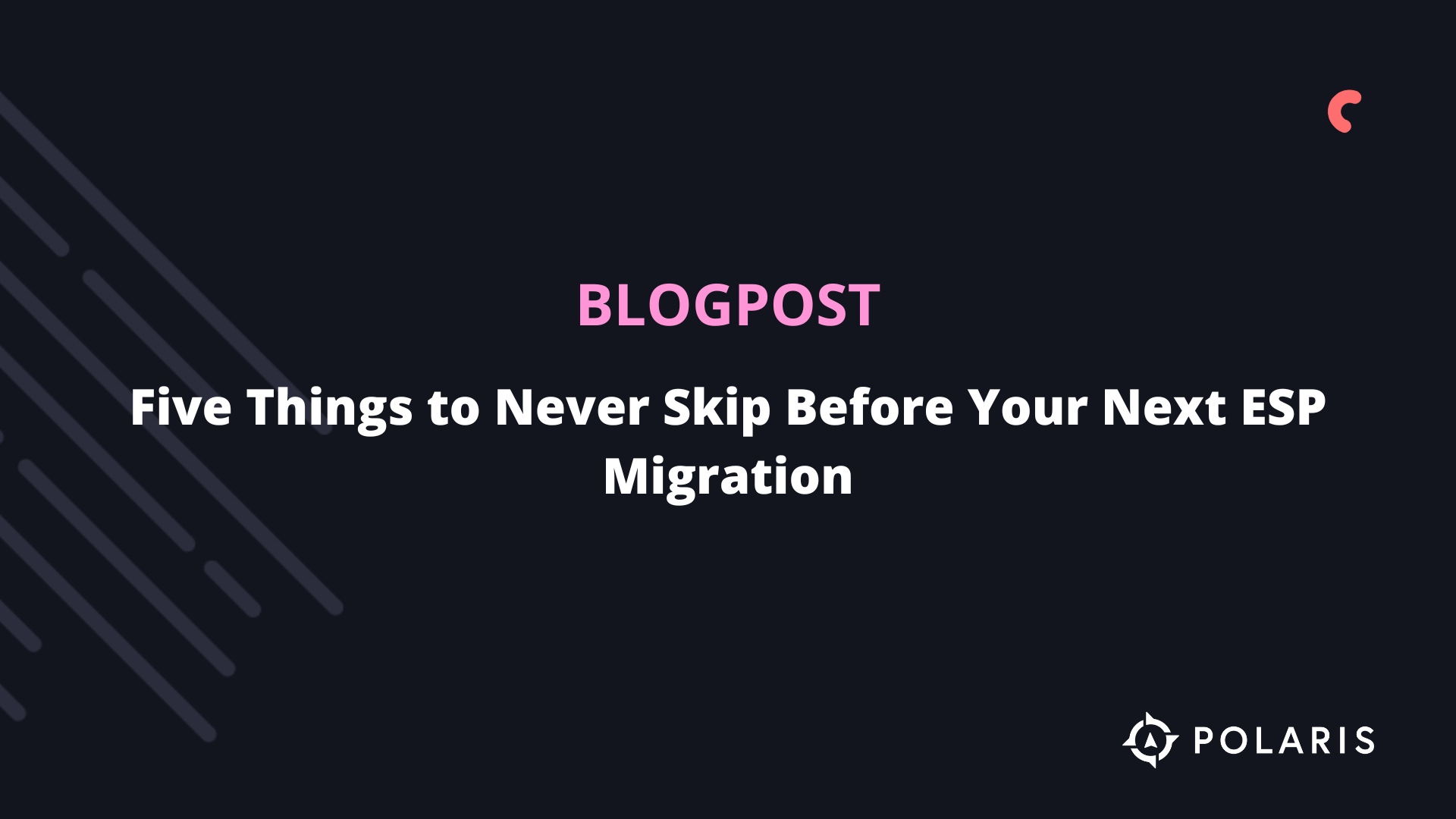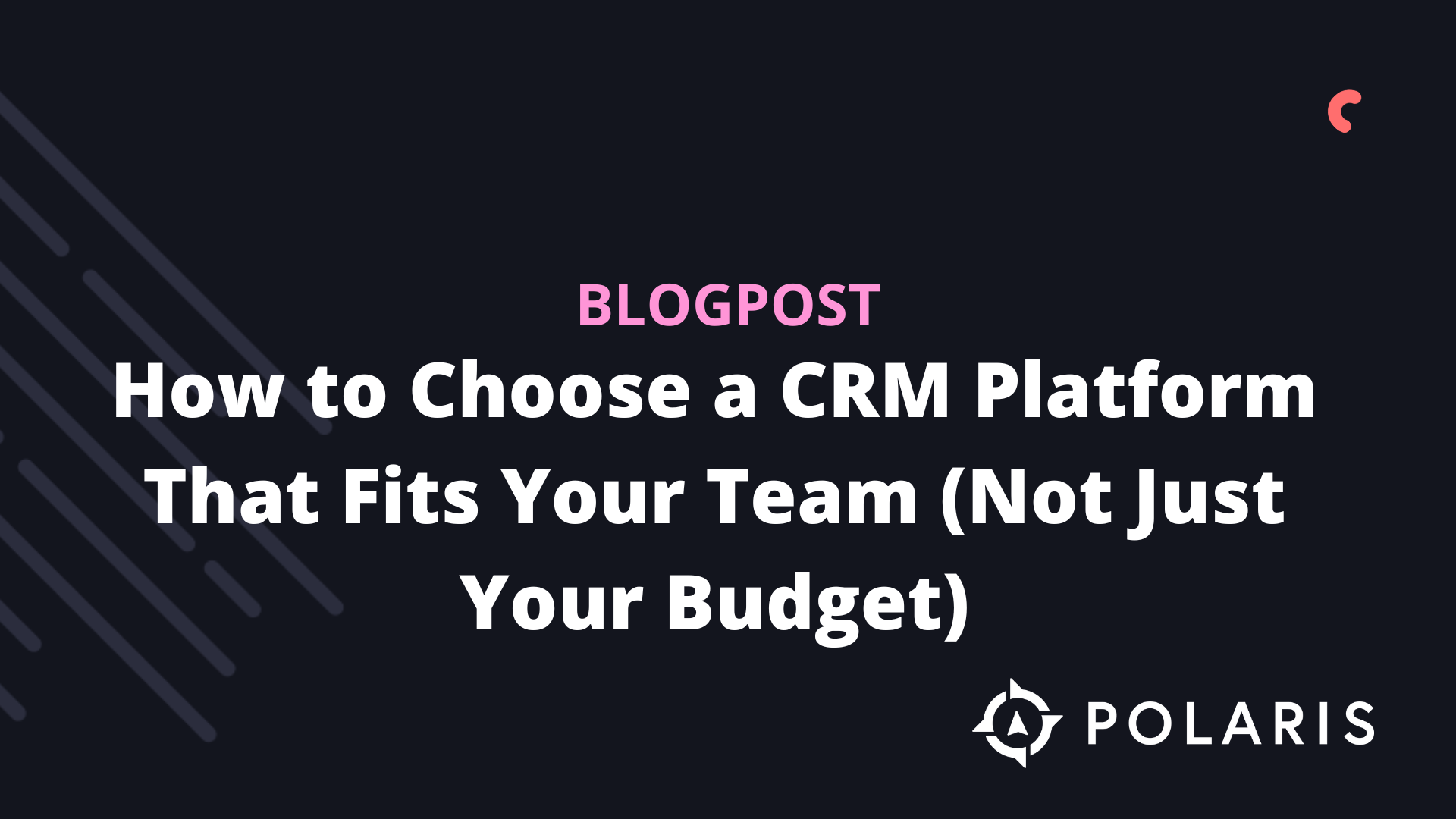Create Unique Customer Moments with Zero-Party Data



Before diving into zero-party data, it's essential to understand the landscape of customer data.

The world of customer data is rapidly evolving, with zero-party data playing a crucial role. This blog explores what zero-party data is, how it differs from other data types, and its critical importance for an enhanced shopping experience.
Understanding Zero-Party Data
Zero-party data is a game-changer in today’s marketing landscape. This data is provided directly and voluntarily by customers, offering valuable insights for businesses seeking a more personalized approach.
Collecting and Valuing Zero-Party Data
Zero-party data is collected through direct interactions, such as surveys, social media, and personal communication channels like email. The benefit to consumers is clear: they receive offers and experiences tailored to their needs. For retailers, it presents an opportunity to deepen customer relationships, optimize marketing efforts, and align product offerings more accurately with customer demand. At Polaris Growth, we primarily use pop-ups to gather zero-party data, allowing us to collect valuable information early in the customer journey to tailor our marketing campaigns.
Benefits of Zero-Party Data
Personalization and Customer Satisfaction
One of the biggest advantages of zero-party data is the ability to offer a personalized shopping experience. This not only increases customer satisfaction but also strengthens loyalty. Customers who feel understood and valued are more likely to remain loyal to a brand. For businesses, zero-party data enables improvements in offerings and marketing strategies, leading to more accurate forecasts, better inventory management, and effective recommendations, ultimately resulting in more efficient operations and increased sales.
Zero-Party Data in Practice
In practice, companies use zero-party data to personalize email campaigns, make customer-specific offers, and even develop new products based on direct customer feedback. This approach has led to impressive results, including improved sales figures, higher customer satisfaction, and stronger brand loyalty. For instance, a customer sharing their birthday through a store’s loyalty program allows the store to offer a special discount or free product on their birthday, enhancing customer satisfaction and increasing conversion rates.
How to Create a Zero-Party Data Strategy
Integration into Marketing Strategy
Zero-party data should be integrated with your overall customer data, content, and marketing strategies. Ensure that your channels, campaigns, and analytics work together to create the customer experience your audience expects.
Combining with First-Party Data
Combine zero-party data with your first-party data by integrating existing systems. Avoiding data silos is crucial.
Communicate Value Exchange
Clearly communicate the value exchange to your customers. Let them know how you will use their data and how it benefits their personal experience.
Omnichannel Experience
Make zero-party data a part of your overall omnichannel experience. Collecting zero-party data revolves around customer interaction, which can occur through emails, SMS campaigns, on-site experiences, and more.
How to Collect Zero-Party Data
Creative Collection Methods
Be creative in your methods for collecting zero-party data. For example, My Jewellery, a Dutch jewelry and clothing retailer, created a style profile quiz that helps shoppers identify their personal style. Customers share their preferences by answering questions, leading to personalized product recommendations and valuable zero-party data for the company.
Challenges and Considerations
Privacy and Ethics
When collecting and using zero-party data, companies must consider privacy and security issues. It's essential to comply with legislation such as GDPR and ensure the secure storage of customer data. Transparency and ethics are key; customers must understand how their data is used and have control over their information.
Secure Storage and Data Management
Securely storing and managing customer data is crucial. This involves implementing robust security measures to prevent data breaches and ensuring adequate data management to maintain the integrity and confidentiality of information.
Transparency
Transparency is essential when collecting zero-party data. Customers should be clearly informed about what data is collected, how it is used, and with whom it is shared. This not only enhances customer trust but also ensures compliance with legal requirements.
Customer Control
Give customers control over their own data. This includes options for customers to view, modify, and delete their information, as well as the ability to withdraw consent for data use.
The Future of Shopping with Zero-Party Data
The future of shopping with zero-party data looks promising. We can expect an increase in personalization, the integration of zero-party data into omnichannel strategies, and the use of advanced technologies for deeper customer insights. AI and machine learning will play significant roles, enabling businesses to better meet individual customer needs.
Conclusion
Zero-party data is central to modern retail. Companies that effectively leverage this form of data collection can stand out in a competitive market and meet the expectations of today’s consumers. The strategic use of zero-party data is not just a trend; it is a crucial step toward enhancing customer experience and driving business growth.
If you have any questions about email marketing in 2024 after reading this article, feel free to contact Polaris Growth for more advice.
%20(1).png)





